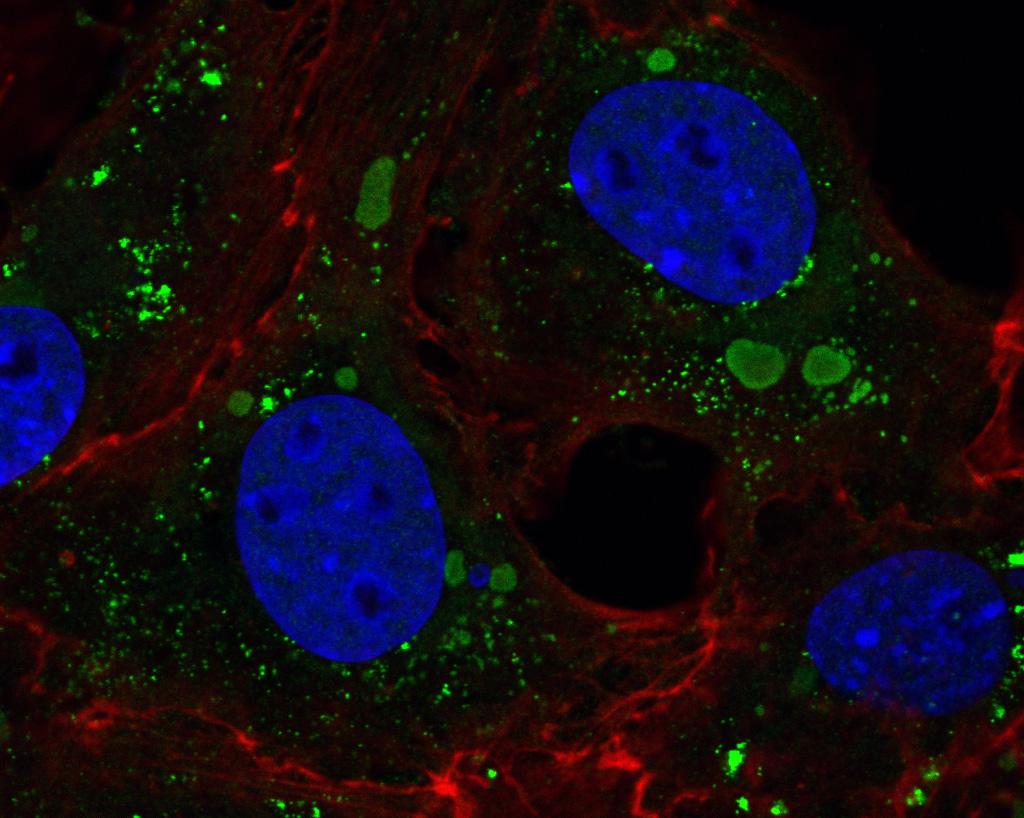Generation of virus like particles for epizootic hemorrhagic disease virus
Epizootic hemorrhagic disease virus (EHDV) is a distinct species within the genus Orbivirus, within the family Reoviridae. The epizootic hemorrhagic disease virus genome comprises ten segments of linear, double stranded (ds) RNA, which are packaged within each virus particle. The EHDV virion has a three layered capsid-structure, generated by four major viral proteins: VP2 and VP5 (outer capsid layer); VP7 (intermediate, core-surface layer) and VP3 (innermost, sub-core layer). Although EHDV infects cattle sporadically, several outbreaks have recently occurred in this species in five Mediterranean countries, indicating a potential threat to the European cattle industry. EHDV is transmitted by biting midges of the genus Culicoides, which can travel long distances through wind-born movements (particularly over water), increasing the potential for viral spread in new areas /countries. Expression systems to generate self-assembled virus like particles (VLPs) by simultaneous expression of the major capsid-proteins, have been established for several viruses (including bluetongue virus). This study has developed expression systems for production of EHDV VLPs, for use as non-infectious antigens in both vaccinology and serology studies, avoiding the risk of genetic reassortment between vaccine and field strains and facilitating large scale antigen production. Genes encoding the four major-capsid proteins of a field strain of EHDV-6, were isolated and cloned into transfer vectors, to generate two recombinant baculoviruses. The expression of these viral genes was assessed in insect cells by monitoring the presence of specific viral mRNAs and by western blotting. Electron microscopy studies confirmed the formation and purification of assembled VLPs.
Back to publications
